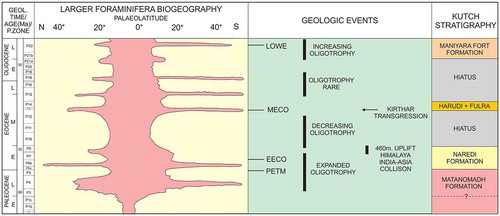Figures & data
Figure 1. Location of Kutch (left) and tectonic map of Kutch Basin (after, Biswas, Citation1987).
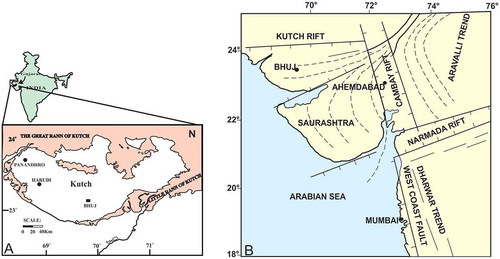
Figure 2. Geological map of the western part of Kutch (modified after Biswas, Citation1992).
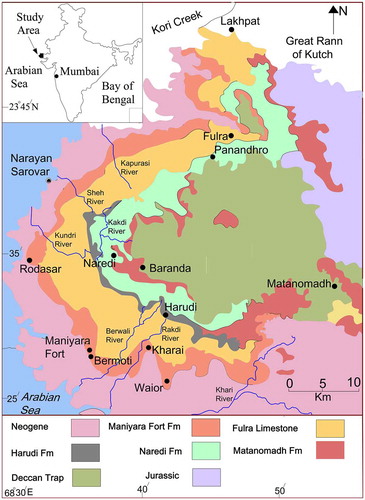
Figure 3. Lithostratigraphic classification and regional chronostratigraphic units of the Cenozoic succession of Kutch (after Biswas, Citation1992).
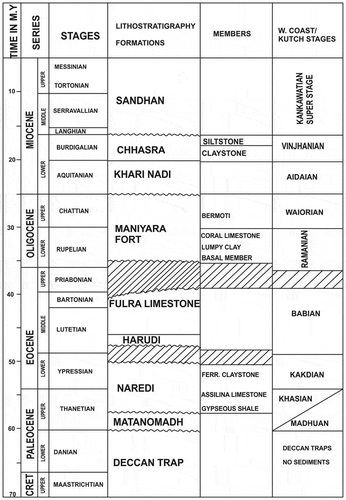
Figure 4. The shallow benthic zonation and the revised ages of the lithostratigraphic units of Kutch.
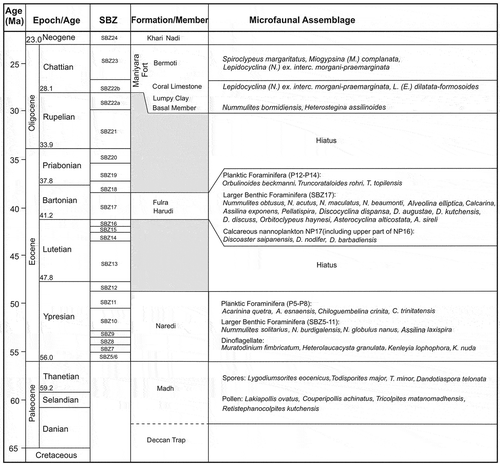
Figure 5. Field photographs of the Paleogene stratigraphic units of Kutch. (a) Madh Formation: weathered basalt and volcaniclastics in the type section, Matanomadh; (b) Naredi Formation: shale and carbonate in the type section, Naredi, shallow benthic zones in the sections are demarcated; (c) a close-up view of the Assilina Limestone Member in the upper part of the section; (d) the top part of the Naredi Formation characterized by laterite and paleosol, marking the contact between Naredi and Harudi formations, near Harudi village; (e) Harudi Formation, containing Nummulites obtusus (shown by arrows), near Harudi village; (f) an aerial view of the Panandhro lignite mine section showing the topmost lignite beds and fossiliferous marine shale of Harudi and Fulra Limestone.
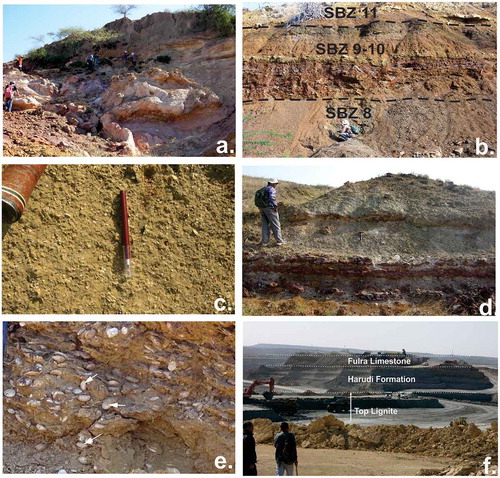
Figure 6. Field photographs of the Paleogene stratigraphic units of Kutch. (a) a general view of the buff-colored nummulitic limestone of Fulra Limestone, Naliya – Narayan Sarovar road; (b) a close-up view of the Fulra Limestone with concentrated A & B forms of Assilina exponens; (c) karstic surface marking the unconformable contact between Fulra Limestone and Maniyara Fort Formation in Kharai, the demarcated zones on the section indicate the missing stratigraphic interval; (d) a close-up view of the Basal Member of the Maniyara Fort Formation in Kharai showing concentrated A & B forms of Nummulites bormidiensis; (e) patch coral in Coral Limestone Member, near Waior village; (f) Bermoti Member exposed near Bermoti village; the fossiliferous upper part is assigned to SBZ 23.
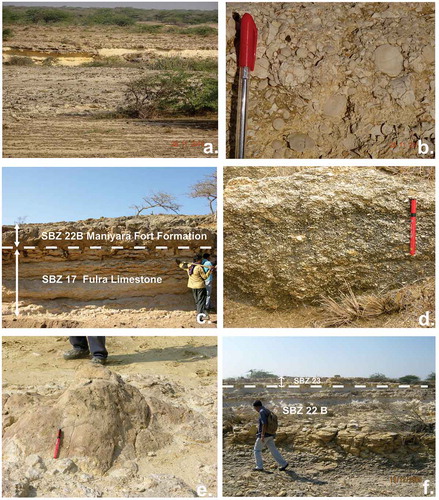
Figure 7. The planktic foraminifera in Eocene sections of Kutch ((a,b) Naredi Formation; (c) Naredi and Harudi formations; (d–j) Harudi Formation and Fulra Limestone) (a) Chiloguembelina trinitatensis, (b) Chiloguembelina crinita, (c) Jenkinsina columbiana (d) Jenkinsina triseriata (e) Streptochilus martini (f) Acarinina rohri (g) Subbotina gortani (h) Orbulinoides beckmanni (i) Acarinina topilensis (j) Globoturborotalita ouachitaensis.
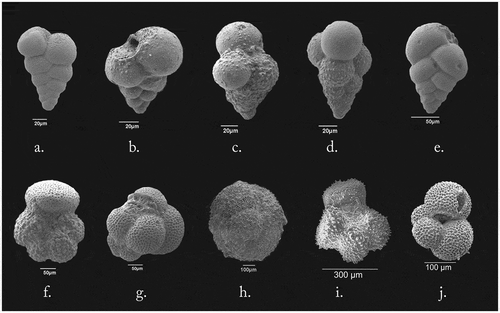
Figure 8. Selected species of LBF from the Paleogene of Kutch. (a,b) N. solitarius, Naredi Formation; (c,d) N. burdigalensis burdigalensis, Naredi Formation; (e,f) N. globulus nanus, Naredi Formation; (g,h) N. burdigalensis cantabricus, Naredi Formation; (i,j) N. burdigalensis kuepperi, Naredi Formation; (k) Heterostegina assilinoides, Basal Member, Maniyara Fort Formation; (l–o): N. bormidiensis, Basal Member, Maniyara Fort Formation; (p) Calcarina, Fulra Limestone; (q,s) Pellatispira, Fulra Limestone; (r) N. obtusus; (t) Nephrolepidina ex. interc. morgani – praemarginata, Coral Limestone Member, Maniyara Fort Formation; (u) Eulepidina ex. interc. dilatata – formosoides, Coral Limestone Member, Maniyara Fort Formation; (v,w) N. ptukhiani, Fulra Limestone.
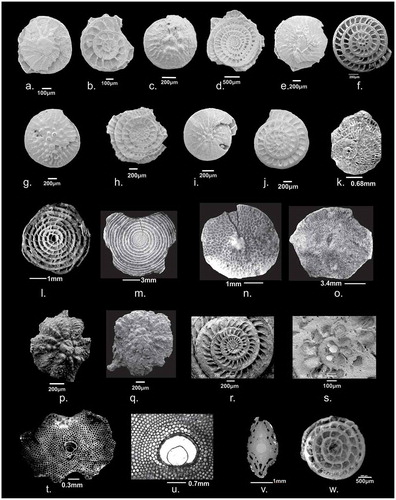
Figure 9. Eocene stratigraphy of the circum- Indian Ocean region showing stratigraphic break during the early middle Eocene in Pakistan, India, and Australia, referred as the ‘Lutetian Gap’ by McGowran et al. (Citation2004). Data compiled after, (1) Warraich and Nishi (Citation2003), (2) Afzal et al. (Citation2009), (3) Wakefield and Monteil (Citation2002), (4) this study, (5) Rai et al. (Citation2014), (6) Jauhri and Agarwal (Citation2001), (7) McGowran (Citation1979).
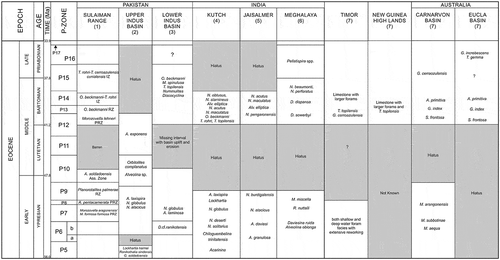
Figure 10. The formation of the Paleogene stratigraphic units of Kutch in relation to the biogeography of larger foraminifera (the major producers of carbonates in Kutch) and other global geologic events. Biogeographic distribution of LBF (McGowran et al., Citation2004), major paleoclimatic events (PETM – Paleocene-Eocene Thermal Maxima, EECO – Early Eocene Climatic Optimum, MECO – Middle Eocene Climatic Optimum, LOWE – Late Oligocene Warming Event), major intervals of oligotrophic environments (Hallock, Premoli Silva, & Boersma, Citation1991), India – Asia collision and Kirthar transgression.
